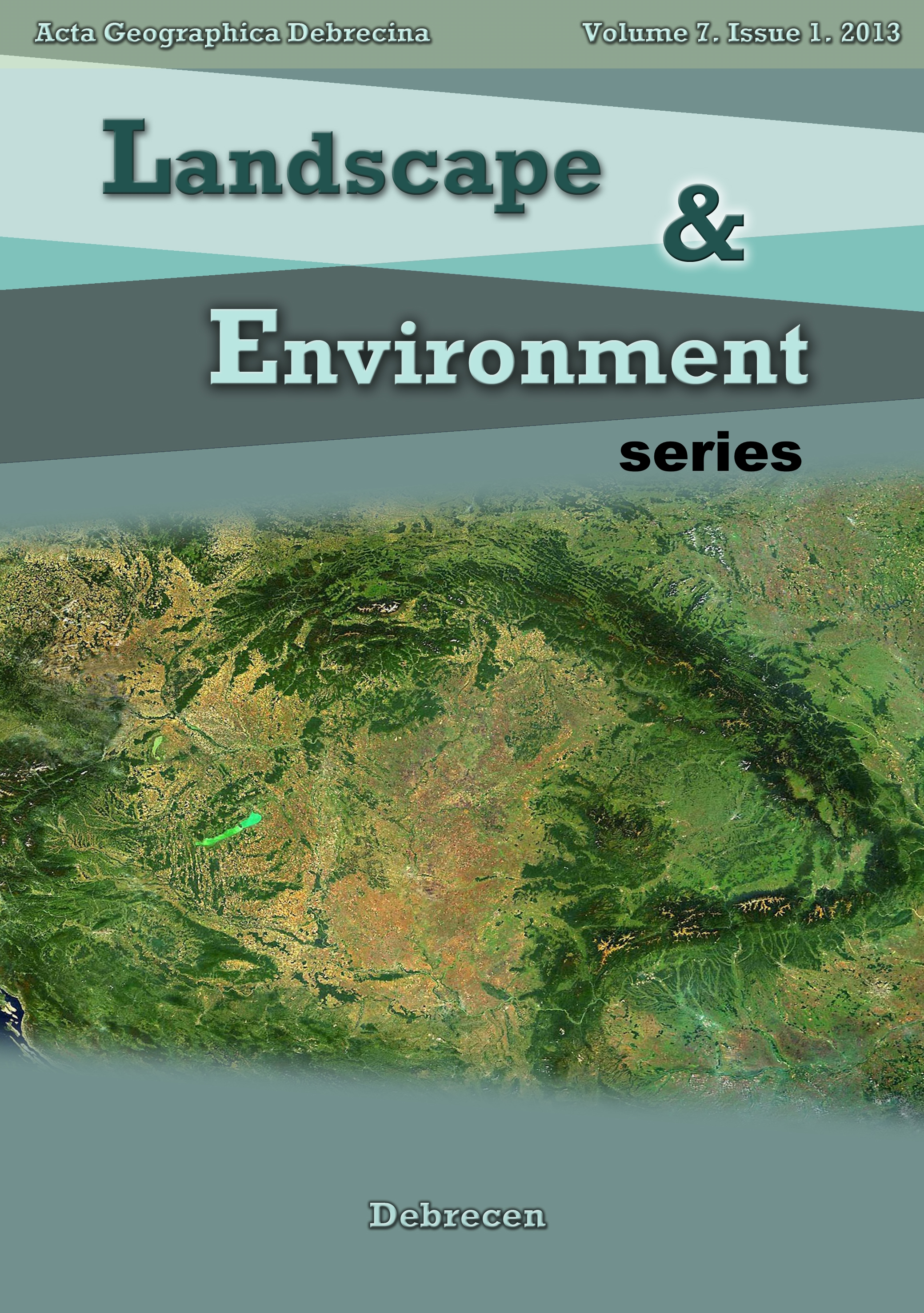Development of MSW collection service on regional scale: spatial analysis and urban disparities in North-Easr Region, Romania
Author
View
Keywords
How To Cite
Abstract
The cities are facing illegal dumping of municipal solid waste (MSW) because the waste collection facilities do not cover the entire population. Furthermore, this sector is poorly developed in small towns or villages annexed to administrative territory units (ATU) of cities , MSW are disposed in open dumps polluting the local environment. This paper analyzes on the one hand the urban disparities on public access to waste collection services (WCS) in the North-East Region on the other hand, it performs a comparative analysis between 2003 and 2010 outlining the changes made in the context of Romania’s accession to EU. Also, it performs a quantitative assessment method of uncollected waste at urban level and correlated to demographic features of each city. Spatial-temporal analysis of waste indicators using thematic cartography or GIS techniques should be a basic tool for environmental monitoring or assessment of projects from this field in every development region (NUTS 2). The EU acquis requires the closure of noncompliant landfills, the extension of waste collection services, the development of facilities for separate collection, recycling and reuse according to waste hierarchy concept. Full coverage of urban population to waste collection services is necessary to provide a proper management of this sector. Urban disparities between counties and within counties highlights that current traditional waste management system is an environmental threat at local and regional scale.
